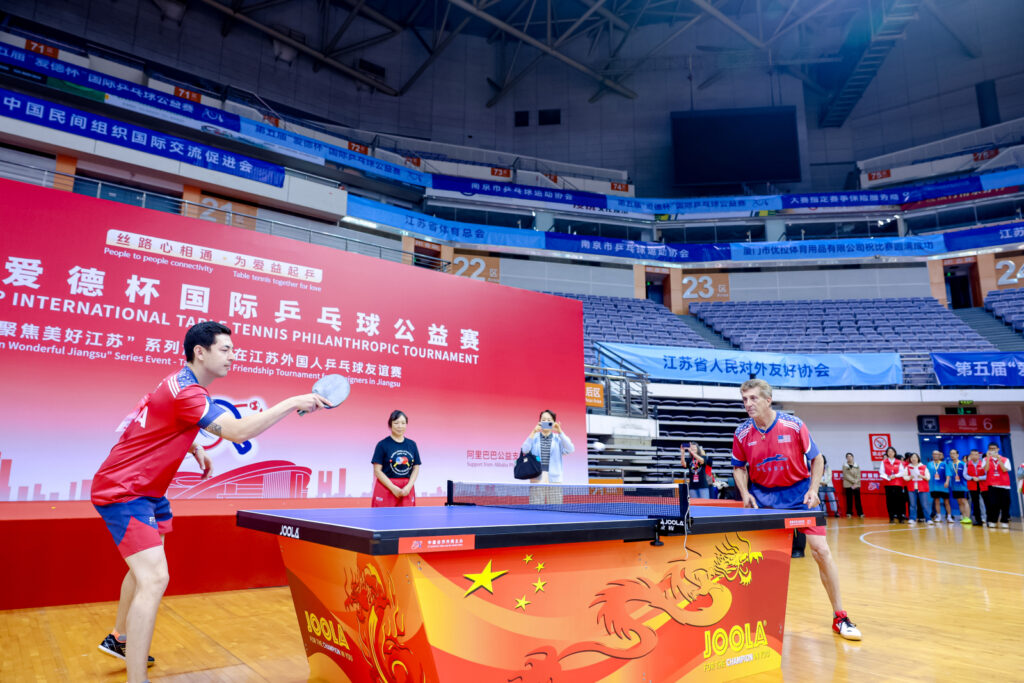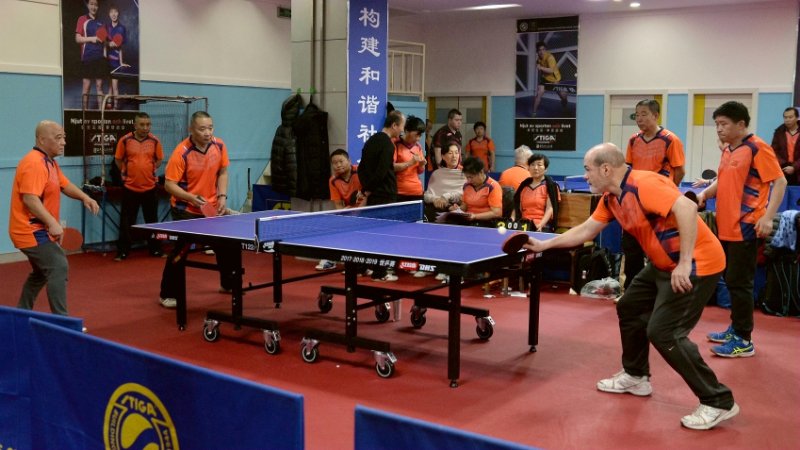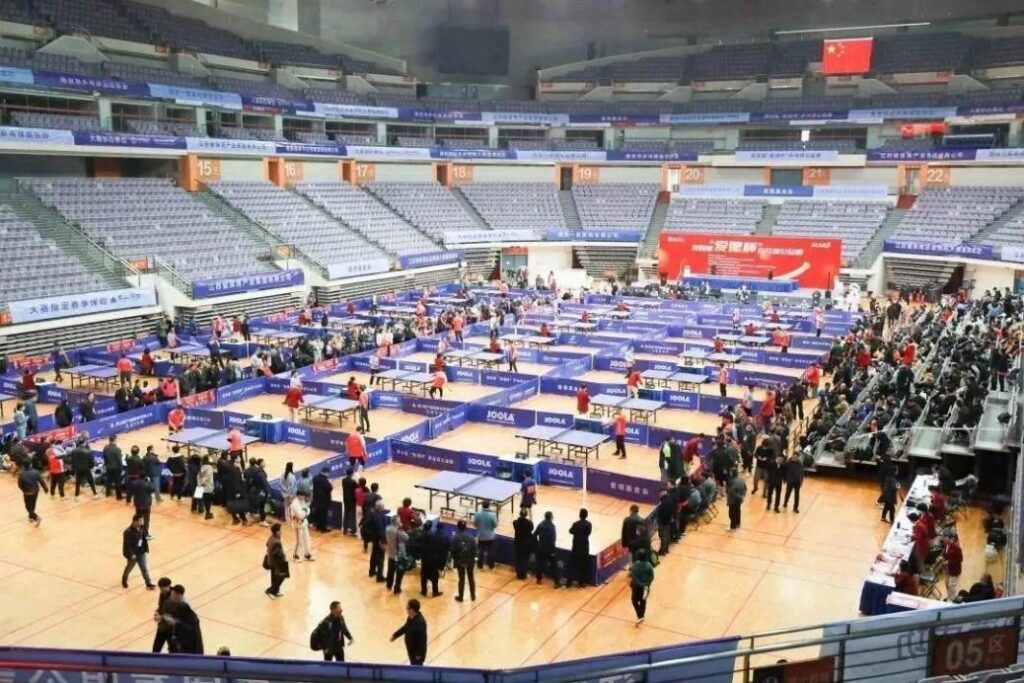Over the last forty years, China has achieved a dominant position among the major world economies. Several factors have contributed to this. First, China became a supply chain hub for most of the world’s manufacturing processes. More recently, the single most important factor in China’s continued GDP growth has been the unexpectedly rapid rise of a new digital economy. This sector is now estimated at more than $3 trillion, or a third of national output. R&D investments in China’s tech sector have tripled in the last ten years to $440 billion per year and 9 of the world’s top 20 internet companies are Chinese. The remainder are American firms plus one Canadian company. A Tufts University survey ranked China the most rapidly evolving digital economy in the world.

This economic growth has produced a burgeoning middle class. Current estimates put the size of China’s middle class at 400 million people or 140 million households. This is less than one-third of China’s total population. Among them, the urban affluent population is concentrated in the eastern and coastal provinces that witnessed rapid growth as China invested in developing local industries and supply chain logistics capabilities that could connect easier with the rest of the world.
In addition to expanding industries, the Chinese government has added legislation such as tax reforms that have left the Chinese with more disposable income. Changes have included raising the tax-free threshold from RMB 3,500 (US$516.70) to RMB 5,000 (US$738.14) a month and adding new deductions, such as for parental aged care, housing mortgage costs, education costs, and healthcare costs, among others.
The growth of the Chinese middle class has been astounding. In the last forty years, China has rapidly urbanized. 58% of its population is now urban. In 2000, only 4% of those urban households were middleclass. By 2017, that statistic had grown to 30%. This pales, however, with what’s projected to come in just the next few years. McKinsey & Company now estimate that by 2022, 76% of China’s urban population will qualify as middle class. McKinsey qualifies middle class as Chinese households that earn the equivalent of between $9,000 and $34,000 annually. (These projections are all pre-pandemic.)
There are at least four different ways the Chinese might classify themselves as middle class; these include occupation, income, consumption and self-image. The population of the middle class under each classification system follows:
- By occupation – 136m people
- By income – 211m people
- By consumption – 300m people
- By self perception – 402m people
When membership in more than one of these groups is a requirement for middle class membership, the total number of people that would qualify drops sharply. For instance, if belonging to each of the four groups was a requirement, the total number of middle class would drop to about 4 million people in all of China. Membership in China’s middle class is a fragile thing.
China’s middle class spends money differently than the way American middle class families spend theirs. For example, The Chinese people are better savers than American families are. China’s young middleclass families watch their budgets by buying in bulk and buying ‘on sale’. They rarely eat out or travel abroad. The Chinese also place a higher value on education. Rather than spending on non-necessities like many western cultures do, Chinese families invest in education and on their children’s extracurricular activities such as music or dance lessons. It’s thought that these activities will give Chinese children an edge when it comes time to explore opportunities to study overseas. This emphasis on education is understandable.
The intense focus on education occurs because admissions into Chinese universities is much more scare than in the United States. China’s college entrance examinations see more than 10 million students competing to secure a spot in one of the 150 tier-one universities. There are at least ten eager students for every available opening in those universities.
As China’s middle class has become an important consumer market, top US retailers have found new ways to profit from the opportunities. Walmart has conducted business in China for twenty years and is stepping up its investment. The retail giant plans to open 14 more Sam’s Club membership stores by 2022, bringing its total Chinese store count to 45 locations. Besides opening new locations, Walmart is also spending to upgrade its Chinese retail stores. In 2018, Walmart spent $56 million on renovations. Their longterm plan through 2030 is to spend over $8 billion to further develop their supply chain.
Among the Chinese middle class is a cohort known as G2 consumers. They are typically teenagers and people in their early 20s, raised in a period of relative abundance. It comprised nearly 200 million consumers in 2012 and accounted for 15 percent of urban consumption. In ten years’ time, their share of urban consumer demand should more than double, to 35 percent. By then, G2 consumers will be almost three times as numerous as the baby-boomer population that has been shaping US consumption for years.

Their parents lived through years of shortage and focused primarily on building economic security. They are confident, independent minded, and determined to display that independence through their consumption. Most of them are ‘princelings’, born and raised during a period when China’s one-child policy was strictly enforced. According to McKinsey and Co. research, this is the most westernized Chinese generation ever. They get emotional satisfaction from buying higher priced products, are brand loyal, and prefer niche versus mass marketed brands. They are early adopters in new categories like personal digital gadgets, and like their western counterparts, are more likely than previous generations to check their peers’ social media posts for product endorsements before buying things. They also have strong influence on family purchases.
It isn’t just imported American brands that are doing well in China. China’s newly minted middle class is rapidly gobbling up the products offered by native Chinese brands such as Huili (athletic shoes that compete with Nike and Adidas) and Perfect Diary (a cosmetics brand that goes head-to-head with Revlon and similar brands). These start-ups target China’s millennials and market their products using flashy campaigns that include popular Chinese singers and partner with widely recognized Western icons such as the British Museum of London. In addition to achieving a high level of sales ($14 million in 2018), Perfect Diary is also opening a large number of stores in China. The company opened 40 locations in 2018 and plans to open 600 by 2022 (pre-pandemic forecast). Other American brands that are capitalizing on China’s booming middle class include Starbucks, Apple, Kentucky Fried Chicken and Netflix.

Things may be changing for China’s middle class, however. The country’s strong economic growth is slowing as changes in political philosophy have led to tightened restrictions on the flow of funds out of China and a reduction on news from the west. The trade war with the United States has also weakened the dollar:yuan exchange rate, making imported US products more expensive. One Chinese university professor in Guangzhou recently described her outlook on the short-run economic situation by saying, “It’s just like watching our car enter a tunnel, but suddenly finding there is no way to turn on the headlights.” Interpretation: The future is unknown, and it’s not a comfortable feeling.
There is a growing public perception that purchasing power is shrinking. As the value of the rmb starts to lose value, wealthier Chinese are focused on “preserving the value” of their assets. One tactic people are using is transfer of their money to foreign banks. Even with these hedges, the general belief is that the rapid economic growth of 10% or more in recent years will continue to slow down. Annual growth in GDP of 3% or 4% is projected for at least the next five years.
The face of China is always changing. This fascinating country offers both cultural and economic opportunities. For over twenty years, Word4Asia has been on top of these changes and this has allowed us to play an important role in our clients projects. Are your plans calling you east to China? We’d be happy to meet with you to discuss ways we can help you chart a more successful path. Contact Dr. Gene Wood at Word4Asia with any inquiries (gene@word4asia.com). We look forward to hearing from you!
Sources:
https://www.tandfonline.com/doi/abs/10.3200/AAFS.33.2.67-83?journalCode=vasa20
https://www.hooplaglobal.com/news/chinese-middle-class-is-growing
https://asia.nikkei.com/Opinion/China-wants-to-be-a-middle-income-country-without-a-middle-class
https://www.latimes.com/71189283-132.html
https://www.nytimes.com/2020/01/20/opinion/china-technology-economy.html




